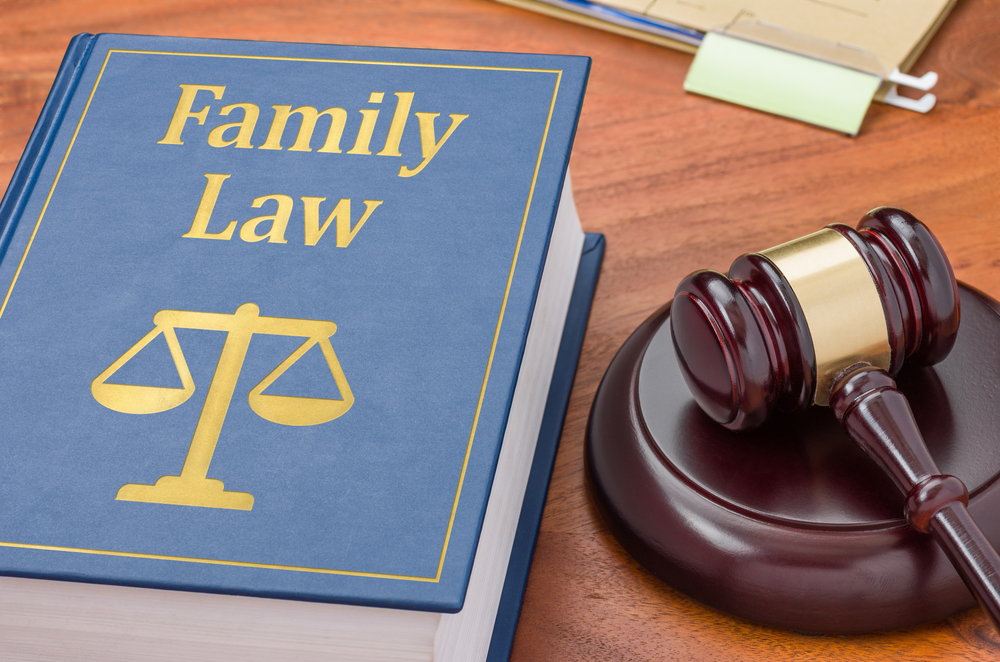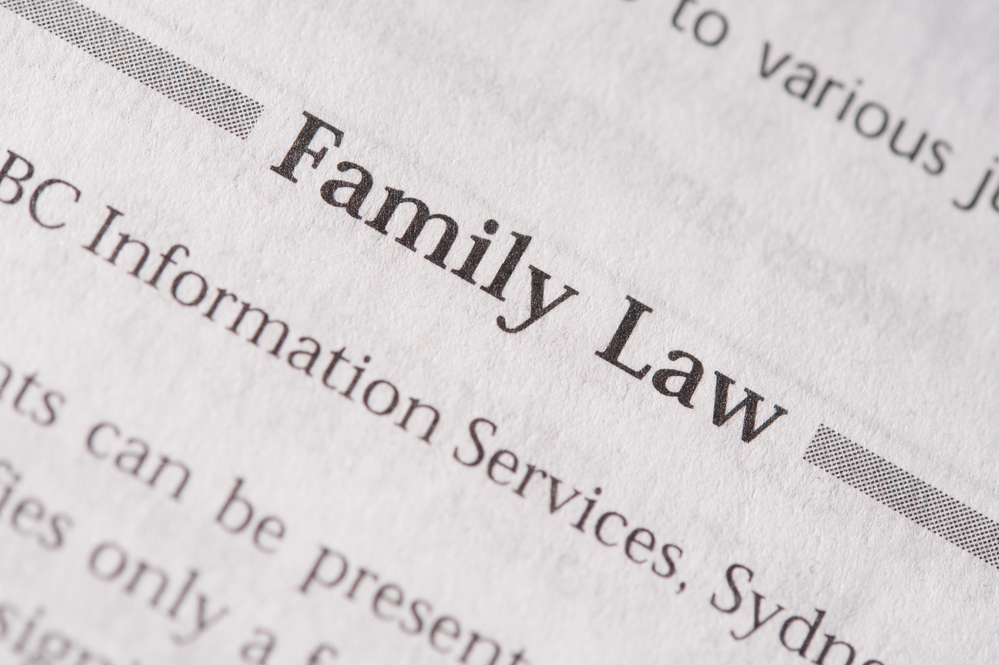The family is defined as the basic unit in a society. Thus, a family plays an important function in aspects of economy, politics, and religion. In the modern era, the family is viewed as a refuge from this changing world and supplies complete fulfilment. However, most couples with rocky relationships just end up divorced or the dissolution of their marriage. There is a helpful set of information to consider if opting for a divorce is the best solution. While gathering information about divorce, couples may have a change of mind since court appearances are time consuming, costly, and emotionally upsetting. Eventually, the couple may just choose to resolve problems by themselves and preserve their family.
If the couple are still considering divorce, one option is the Collaborative Divorce Process, which is also termed as Collaborative Practice or Collaborative Family Law that was at first, a family law process in which the two involved parties decide that they will neither go to trial nor threaten doing so. The process of Collaborative Divorce begins with the key document termed as the Participation Agreement. This contract is signed by the members, which lists the regulations intended for such process. In most legal powers, this type of divorce uses a team approach to assist the couple with all aspects of their separation, making them fully informed to allow them to carefully weigh any settlement decisions. As needed, the group may bring outside consultants or a team, including the clergy, a health professional, and a financial analyst, which is an integral part of the process. The use of this process is beneficial in providing effective and continuous agreements in terms of parenting and financing.











